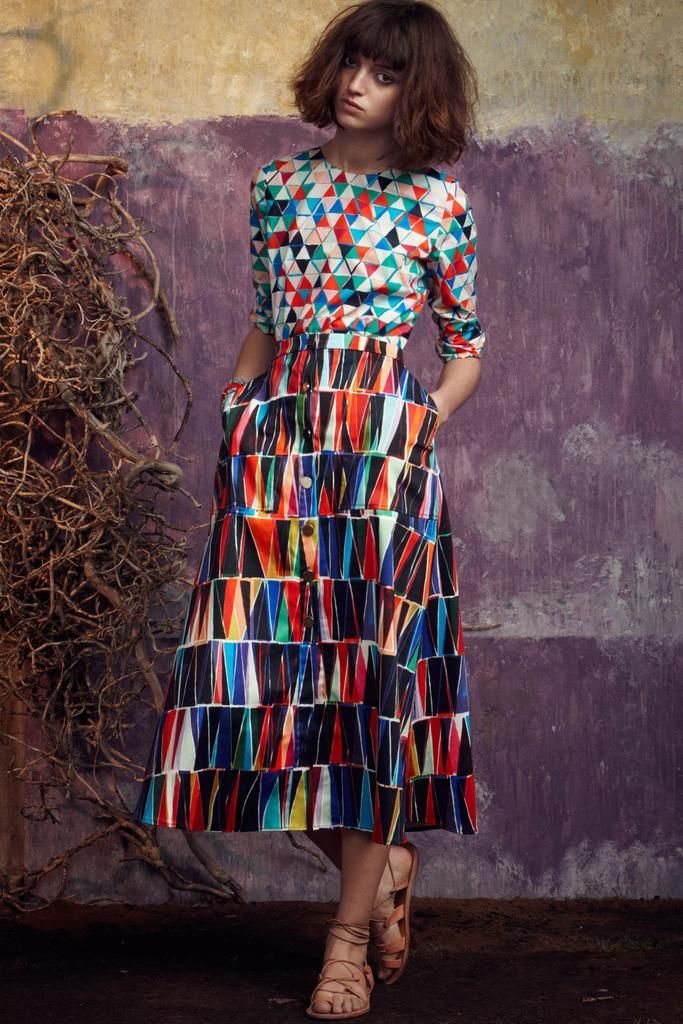Digital textile printing is transforming the textile industry, rapidly overtaking traditional screen and rotary printing. This trend is driven by several key factors that make digital printing more versatile, efficient, and environmentally friendly. Let's explore why digital printing is gaining ground and how it's impacting the textile market.
WHY DIGITAL TEXTILE PRINTING IS WINNING

Faster Turnaround Times: Digital printing significantly reduces the time from design to production. This speed makes it perfect for on-demand production, short runs, and rapid prototyping. Fashion brands and designers can quickly adapt to changing trends, while interior designers can create custom wallpapers and fabrics without long lead times.

Lower Minimum Orders: Traditional printing methods often require high minimum order quantities, but digital printing allows for smaller runs. This is especially beneficial for small businesses, emerging designers, and startups who want to produce unique items without committing to large inventory.
Eco-Friendliness and Sustainability: Digital textile printing is often more eco-friendly than traditional methods. It uses less water and energy, and the inks are typically water-based, reducing the environmental impact. Additionally, digital printing supports shorter supply chains, allowing for local production and minimizing transportation emissions.
WHERE DIGITAL TEXTILE PRINTING SHINES
Fashion and Apparel: Digital printing's ability to create vibrant, complex designs with quick turnaround times is a game-changer for the fashion industry. Brands can produce personalized clothing, limited-edition collections, and fast-fashion items efficiently.

Interior Design and Home Decor: Designers can create custom upholstery fabrics, wallpapers, and other home decor items with detailed patterns and rich colors. Digital printing's flexibility allows for unique designs that meet specific client needs.
Sportswear and Activewear: Personalized jerseys, high-performance fabrics, and intricate designs are well within the scope of digital printing. This flexibility is crucial for sports brands looking to create unique team gear and apparel.

Balancing Digital and Traditional Methods: While digital textile printing offers many benefits, traditional methods like screen and rotary printing still have their place. For high-volume orders with simple designs, traditional methods can be more cost-effective. Rotary printing, in particular, is suitable for large, repeating patterns where speed is essential.

THE FUTURE OF TEXTILE PRINTING
As digital textile printing technology continues to advance, it's likely to play an even bigger role in the textile industry. Its adaptability, efficiency, and sustainability make it an attractive option for a wide range of applications. Traditional methods will continue to serve specific needs, but digital printing is poised to become the frontrunner in the evolving textile market.
---------
DIGITAL SBC VIETNAM
Over 22 years of experience in leading supplier
(Printer-Supply-Service)
Business Representative
Mr Tình Vũ - Contact/Zalo: 0918 775 548
◉ HCM: 182C Le Thi Bach Cat, Ward 11, District 11
◉ Danang: 123 Vo Chi Cong, Hoa Xuan, Cam Le
◉ Hanoi: B5 Lot 15 Urban Dinh Cong, Hoang Mai
WHY DIGITAL TEXTILE PRINTING IS WINNING
Versatility and Design Flexibility: Digital textile printing offers unmatched design versatility. Unlike screen and rotary printing, which rely on fixed patterns and templates, digital printing can produce intricate designs with a vast color range. This flexibility is ideal for fashion and apparel, interior design, sportswear, and other industries where unique, high-quality prints are crucial.

Faster Turnaround Times: Digital printing significantly reduces the time from design to production. This speed makes it perfect for on-demand production, short runs, and rapid prototyping. Fashion brands and designers can quickly adapt to changing trends, while interior designers can create custom wallpapers and fabrics without long lead times.

Lower Minimum Orders: Traditional printing methods often require high minimum order quantities, but digital printing allows for smaller runs. This is especially beneficial for small businesses, emerging designers, and startups who want to produce unique items without committing to large inventory.
Eco-Friendliness and Sustainability: Digital textile printing is often more eco-friendly than traditional methods. It uses less water and energy, and the inks are typically water-based, reducing the environmental impact. Additionally, digital printing supports shorter supply chains, allowing for local production and minimizing transportation emissions.
WHERE DIGITAL TEXTILE PRINTING SHINES
Fashion and Apparel: Digital printing's ability to create vibrant, complex designs with quick turnaround times is a game-changer for the fashion industry. Brands can produce personalized clothing, limited-edition collections, and fast-fashion items efficiently.

Interior Design and Home Decor: Designers can create custom upholstery fabrics, wallpapers, and other home decor items with detailed patterns and rich colors. Digital printing's flexibility allows for unique designs that meet specific client needs.
Sportswear and Activewear: Personalized jerseys, high-performance fabrics, and intricate designs are well within the scope of digital printing. This flexibility is crucial for sports brands looking to create unique team gear and apparel.

Balancing Digital and Traditional Methods: While digital textile printing offers many benefits, traditional methods like screen and rotary printing still have their place. For high-volume orders with simple designs, traditional methods can be more cost-effective. Rotary printing, in particular, is suitable for large, repeating patterns where speed is essential.

THE FUTURE OF TEXTILE PRINTING
As digital textile printing technology continues to advance, it's likely to play an even bigger role in the textile industry. Its adaptability, efficiency, and sustainability make it an attractive option for a wide range of applications. Traditional methods will continue to serve specific needs, but digital printing is poised to become the frontrunner in the evolving textile market.
DIGITAL SBC VIETNAM
Over 22 years of experience in leading supplier
(Printer-Supply-Service)
Business Representative
Mr Tình Vũ - Contact/Zalo: 0918 775 548
◉ HCM: 182C Le Thi Bach Cat, Ward 11, District 11
◉ Danang: 123 Vo Chi Cong, Hoa Xuan, Cam Le
◉ Hanoi: B5 Lot 15 Urban Dinh Cong, Hoang Mai







